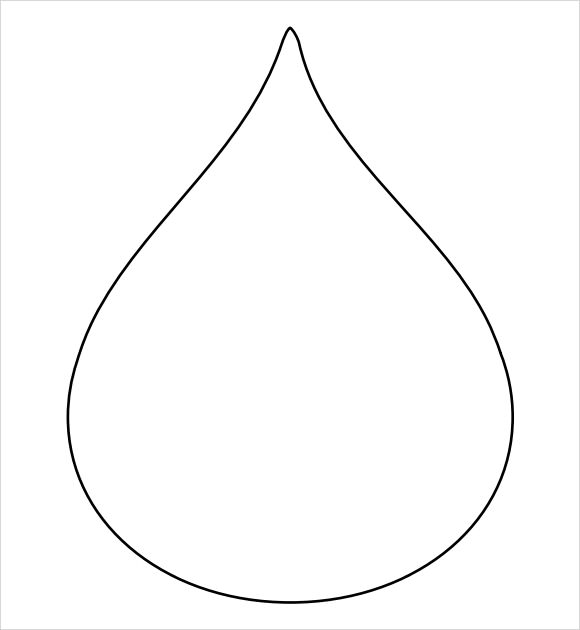

The performance of the new algorithms in the presence of nonlinear models for the raindrop shape–size relation is presented in section 5. The paper is organized as follows: section 2 describes the various polarimetric radar rainfall algorithms, section 3 describes the effect of variability in the mean raindrop shape on radar rainfall algorithms, and section 4 describes the development of radar rainfall algorithms, which are independent of the mean raindrop shape–size relationship. This paper presents composite algorithms to estimate rainfall rate using polarimetric radar measurements that are independent of any variability in the mean raindrop shape–size relations. (2000a) into rainfall estimation algorithms so that the algorithms can be used for any prevailing mean raindrop shape without any prior assumption of the shape–size model. Therefore, the goal of this paper is to incorporate the results of Gorgucci et al. In principle, if the mean shape–size relation for raindrops is known then the rainfall rate can be estimated accurately. (2000a) demonstrated that the slope of a linear mean raindrop shape–size relation can be estimated from polarimetric radar measurements. Thus, it would be important to derive an algorithm to estimate rainfall rate that is made immune to variability in the mean raindrop shape–size relationship. (1997) indicates that K dp-based polarimetric radar rainfall algorithms are influenced by deviation from the equilibrium shape of raindrops. The mean axis ratio versus size relation is crucial for deriving algorithms that use Z dr and K dp ( Jameson 1983, 1985). These algorithms have been derived assuming equilibrium raindrop shapes, described by a shape–size relationship ( Pruppacher and Beard 1970).

1994 Ryzhkov and Zrnić 1995 Gorgucci and Scarchilli 1997). Based on the above three measurements, a number of algorithms have been derived in the literature to estimate rainfall ( Seliga and Bringi 1976 Sachidananda and Zrnić 1987 Chandrasekar et al. The most commonly used polarimetric radar measurements in rainfall estimation are the reflectivity factor, usually at horizontal polarization ( Z h), differential reflectivity ( Z dr), and specific differential propagation phase ( K dp). The research results to date have been sufficient to consider polarimetric upgrades to operational WSR-88D radars ( Doviak et al. Polarization diversity radar measurements for rainfall estimation have been studied for nearly two decades. The storm total precipitation estimates based on the composite algorithms developed in this paper were in much better agreement with rain gauge estimates in comparison with conventional algorithms. The composite algorithms were also tested with Colorado State University CHILL radar observations of the 28 July 1997 Fort Collins (Colorado) flood event. The composite algorithms, independent of a prespecified raindrop shape model, were applied to radar parameters simulated from disdrometer data collected over 3 months, and the corresponding rainfall estimates were found to be in good agreement with disdrometer estimates. The accuracy of rainfall estimates is evaluated in the presence of random measurement errors as well as systematic bias errors. This paper develops composite algorithms to estimate rainfall from polarimetric radar data without an a priori assumption about the specific form of mean raindrop shape–size model such as equilibrium shape model. Variation of the prevailing mean raindrop shapes from an assumed model has a direct impact on the accuracy of radar rainfall estimates. Most of the current algorithms use an equilibrium shape–size model for raindrops. Algorithms to estimate rainfall from polarimetric radar measurements are based on a model for the raindrop shape as a function of drop diameter. Polarization diversity radar measurements such as reflectivity factor, differential reflectivity, and differential propagation phase are extensively used in rainfall estimation.


 0 kommentar(er)
0 kommentar(er)
